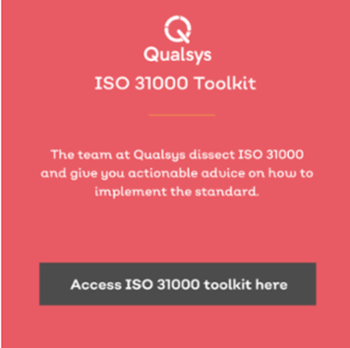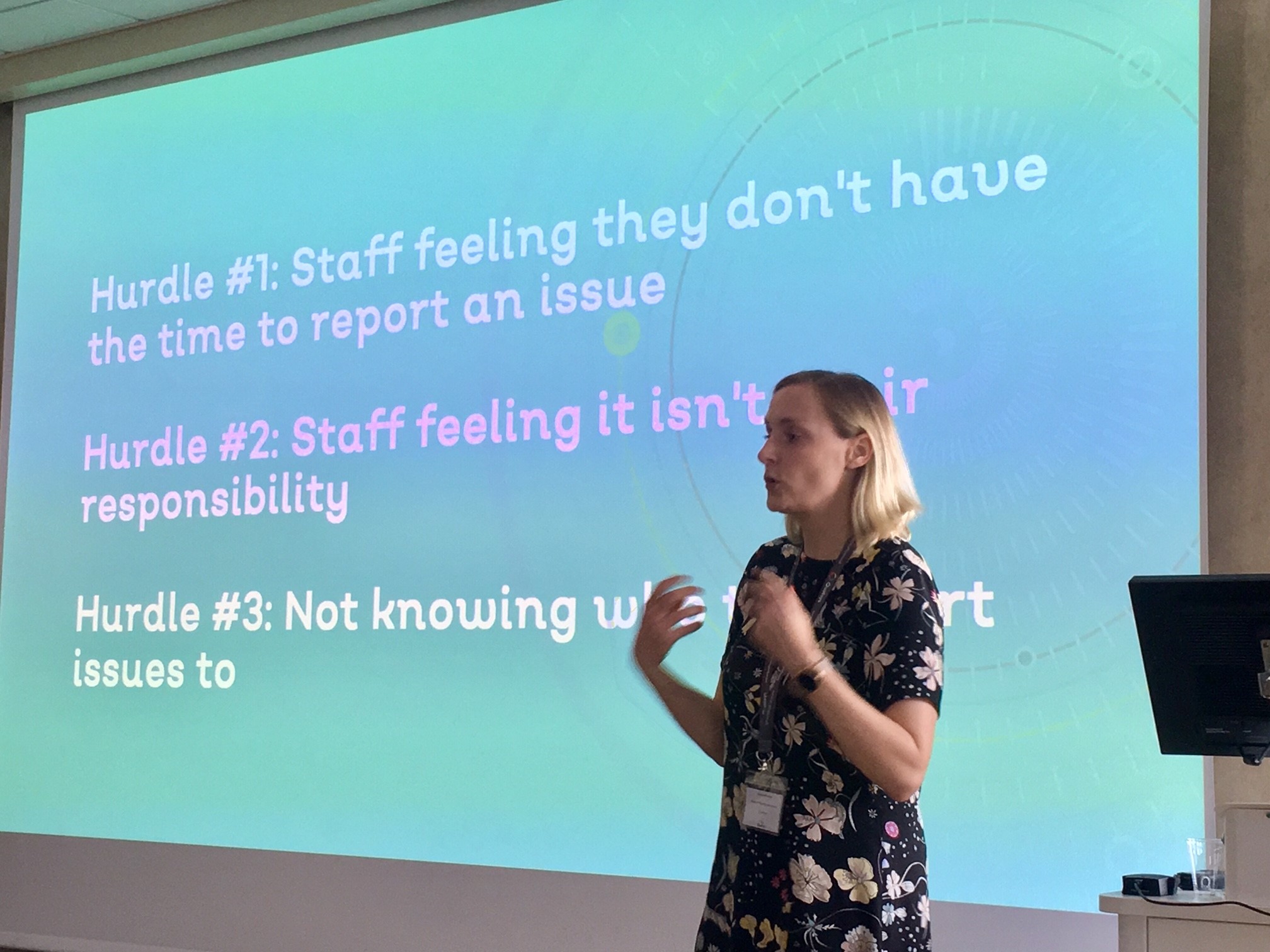Want to contribute to this article?
ISO 31000 is the risk management framework designed to provide any organisation in any sector the guidelines to create a comprehensive risk assessment process.
You cannot achieve ISO 31000 accreditation as there is no certificate for this standard. It is, however, a useful Standard to adhere to for comprehensive risk management, and will also assist in the process for accreditation for further Standards such as ISO 9001:2015 and ISO 27001.

Why Manage Risk?
Every week, there are countless examples of organisations who have hit the headlines because they have not effectively managed risk. United Airlines, Volkswagen, and Tesco are but a few examples from the past few years who have failed to effectively manage weaknesses and threats. Failure to effectively manage risk is not only expensive and damaging to your reputation, it also means your organisation is missing out on many opportunities.
Read more on this: Opportunities & Risks
A Common Language
ISO 31000 provides an outline to risk principles, including an introduction to common vocabulary experienced in risk management processes.
By using the Standard as a guide to creating your risk management processes, the common language used will prevent miscommunication at any point, and create a greater strength of overall understanding.
ISO standards such as ISO 9001:2015 have changed the mindset of organisations towards risk-based thinking as a cultural issue rather than just the role of the quality team. This means a cultural shift including the responsibility of individuals across an organisation towards a risk aware culture. A common language improves the communication between staff regarding risk management and introduces the concept of risk as the responsibility of all rather than a small team.
A Framework, Not A Process
ISO 31000, like other Standards, addresses the ‘what’ far more than the ‘how’ and the ‘why’ of implementing a Standard. The idea behind 31000 is to create a framework from which to build your risk management process: it is not an instruction on how to assess risk.
The flexibility of this framework means that it applies to any organisation, anywhere in the world, and of any size.
Benefits of ISO 31000
Key benefits of implementing ISO 31000 include:
- Identify business, operational, external, internal, and workplace risks in a standardised process
- Common understanding of risk principles across key stakeholders in an organisation
- Realise potential opportunities
- Identify risk appetite and risk culture of the organisation
- Align business objectives based upon risk appetite
- Introduce risk management concepts for transition to other Standards such as ISO 27001 and ISO 9001:2015
- Allocate resources more efficiently aligned with perceived risk levels
- More efficient business operation
There are many more individual benefits to implementing ISO 31000 depending on an organisation’s particular needs, environment, and lifecycle stage.
Coming Up In The Toolkit Series
You will learn the risk management principles, and discover how each key clause in ISO 31000 work together to deliver a comprehensive framework.
Next up in the series is Clause 4: Risk Management Principles For Value Creation And Protection.









Share your thoughts on this article